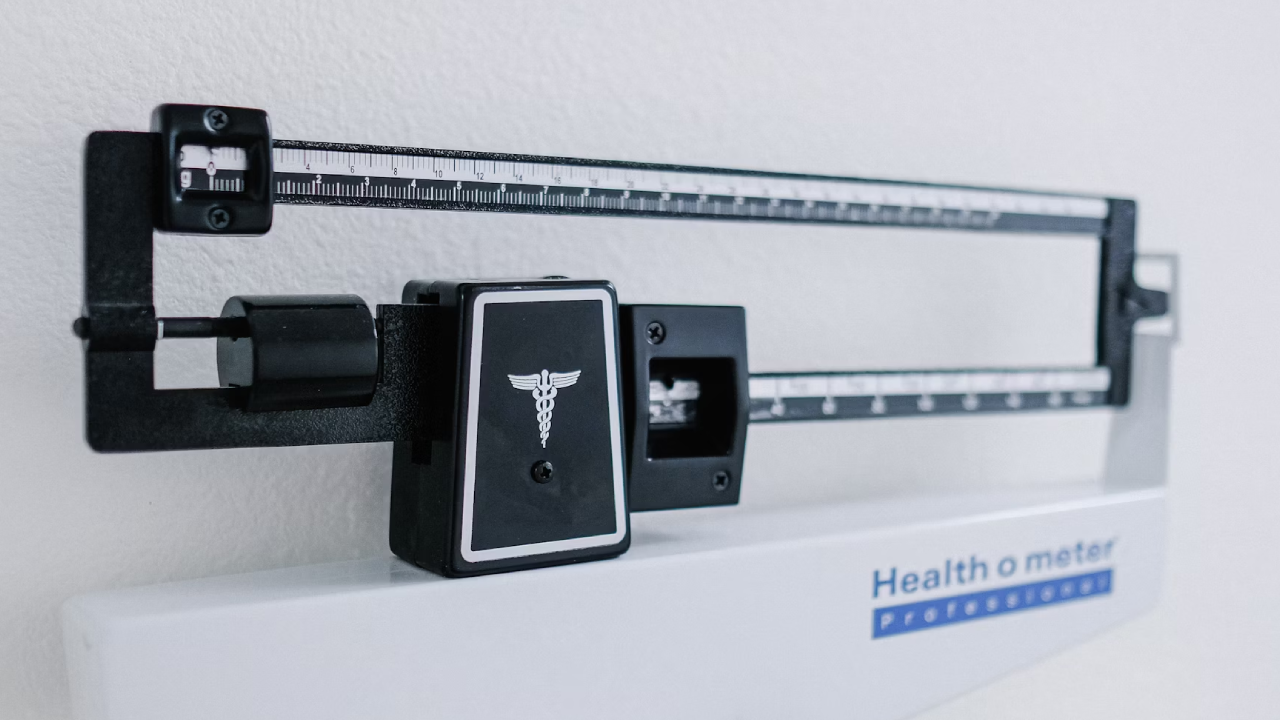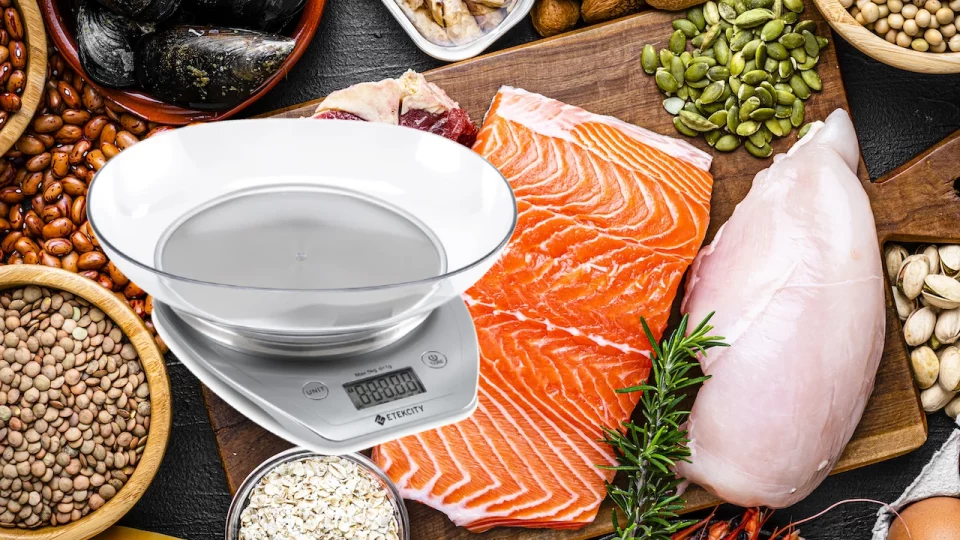In the world of fitness, tracking your macronutrient intake (or “macros”) is a powerful tool to help you achieve specific goals, whether that’s building muscle, losing fat, or simply maintaining your current physique. Macros, short for macronutrients, refer to the three essential nutrients that make up the majority of our diet: proteins, fats, and carbohydrates. Each plays a crucial role in the body’s overall health and performance.
Understanding how to calculate and adjust your macros can be the key to unlocking your fitness potential. However, many people find the process intimidating.
This guide will walk you through the basics of macro calculation and provide simple strategies to make it easy, no matter your experience level.
Table of Contents
What Are Macros and Why Are They Important?
Before we dive into the process of calculating macros, it’s essential to understand why they matter. Macronutrients are the building blocks of your diet, and each one has a specific role in supporting your body’s function and your fitness goals:
- Protein: Essential for muscle repair and growth, protein is crucial for anyone looking to build or preserve lean muscle mass, especially during weight loss or after strength training.
- Fats: Fats play a vital role in hormone regulation, nutrient absorption, and overall cellular health. Contrary to the old misconception, not all fats are bad—your body needs healthy fats to function optimally.
- Carbohydrates: Often the body’s preferred energy source, carbohydrates fuel workouts and everyday activities. They are particularly important for high-intensity exercise and performance athletes.
Balancing these three macronutrients appropriately can help optimize your body composition and performance, whether you aim to lose fat, gain muscle, or maintain your weight.

Step 1: Determine Your Total Daily Caloric Needs
Before calculating your macros, you need to determine your total daily calorie requirements. Your daily caloric intake depends on various factors, including your age, gender, weight, height, activity level, and fitness goals.
A popular method to calculate your caloric needs is using the Mifflin-St Jeor equation, which estimates your Basal Metabolic Rate (BMR)—the number of calories your body needs to function at rest.
For men:
BMR = 10 × weight (kg) + 6.25 × height (cm) − 5 × age (years) + 5
For women:
Once you have your BMR, multiply it by your activity level to determine your Total Daily Energy Expenditure (TDEE):
- Sedentary (little or no exercise): BMR × 1.2
- Lightly active (light exercise/sports 1-3 days a week): BMR × 1.375
- Moderately active (moderate exercise/sports 3-5 days a week): BMR × 1.55
- Very active (hard exercise/sports 6-7 days a week): BMR × 1.725
- Super active (very hard exercise or a physical job): BMR × 1.9
This TDEE represents the number of calories you need to maintain your current weight. To lose fat, you’ll want to consume fewer calories than your TDEE (a calorie deficit), while to gain muscle, you’ll need to eat more (a calorie surplus).
Step 2: Set Your Macro Ratios
Once you’ve determined your total daily calorie intake, you’ll need to decide on the appropriate macronutrient breakdown for your goals. Different goals require different macro ratios, but here are some general guidelines:
- Fat Loss: High protein is essential during fat loss to preserve lean muscle mass. A typical macro ratio for fat loss might be 40% protein, 30% fat, and 30% carbohydrates.
- Muscle Gain: To build muscle, you’ll need a calorie surplus with a higher carbohydrate intake to fuel intense workouts. A common ratio for muscle gain is 30% protein, 20% fat, and 50% carbohydrates.
- Maintenance: If you’re maintaining your weight, a balanced approach works well, such as 30% protein, 30% fat, and 40% carbohydrates.

Step 3: Calculate Your Macros
Now that you know how many calories you need and your desired macro ratio, it’s time to calculate how many grams of each macronutrient you should consume daily. Each macronutrient provides a specific amount of calories per gram:
- Protein: 1 gram = 4 calories
- Carbohydrates: 1 gram = 4 calories
- Fats: 1 gram = 9 calories
Let’s break it down with an example. Suppose your daily calorie target is 2,000 calories, and your goal is fat loss with a macro ratio of 40% protein, 30% fat, and 30% carbs.
1. Calculate protein intake
40% of 2,000 calories = 800 calories from protein
800 ÷ 4 = 200 grams of protein per day
2. Calculate fat intake
30% of 2,000 calories = 600 calories from fat
600 ÷ 9 = 67 grams of fat per day
3. Calculate carbohydrate intake
30% of 2,000 calories = 600 calories from carbohydrates
600 ÷ 4 = 150 grams of carbohydrates per day
In this example, you would aim for 200 grams of protein, 67 grams of fat, and 150 grams of carbohydrates each day.
Step 4: Track Your Macros
Tracking macros can be easy once you get the hang of it. There are several tools available to make the process less overwhelming:
- Apps: Fitness apps like MyFitnessPal, Cronometer, and Lose It! allow you to input your food and track your macros throughout the day. Many of these apps also have a massive database of foods, so you can easily find and log your meals.
- Food Labels: Most packaged foods come with a nutrition label that details the macronutrient content per serving. Be mindful of serving sizes to ensure accuracy.
- Kitchen Scale: For more precision, invest in a kitchen scale to weigh your food. This can help avoid overeating, especially when consuming calorie-dense foods like nuts and oils.
- Meal Planning: Prepping meals in advance can make hitting your macros easier. By planning and cooking meals with known macro content, you can avoid last-minute food choices that might throw you off track.
Step 5: Adjust as Needed
As your body changes or your goals evolve, your macro needs may also shift. Here are a few signs that it’s time to reassess your macros:
- You’ve plateaued: If you’re no longer seeing progress, either in weight loss or muscle gain, you might need to adjust your calorie intake or tweak your macro ratios.
- Energy levels: If you’re feeling lethargic or unable to complete workouts, you might not be consuming enough carbohydrates or overall calories to support your activity level.
- Hunger: If you’re constantly hungry, you may need more protein or fiber in your diet, both of which can help keep you full longer.
